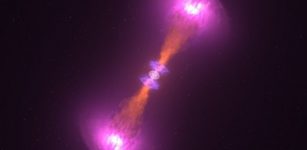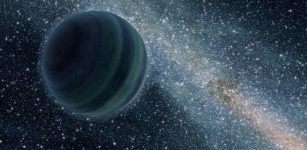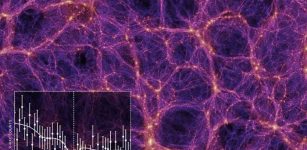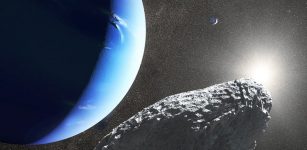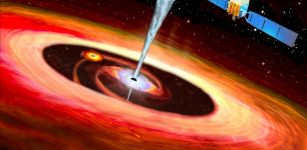55 Cancri e – First Detection Of Gases In Atmosphere Of Exotic Super-Earth
MessageToEagle.com – For the first time, astronomers have detected gases in the atmosphere of one of Earth-sized worlds known as ‘super-Earths’, the most common type of planet in our galaxy.
The exotic exoplanet, 55 Cancri e, is over eight times the mass of Earth and has previously been dubbed the ‘diamond planet’ because models based on its mass and radius have led some astronomers to speculate that its interior is carbon-rich.
A UCL-led team of European researchers, using data from NASA/ESA Hubble Space Telescope, has been able to examine the atmosphere of 55 Cancri e and reveal the presence of hydrogen and helium, but no water vapour.
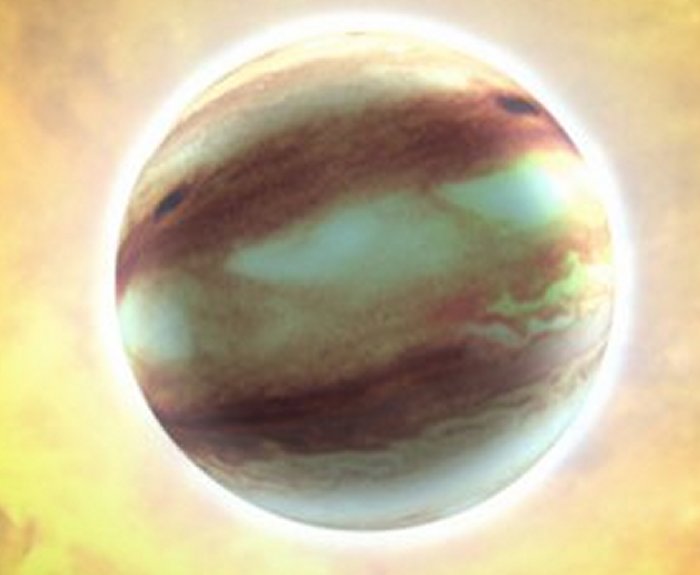
“This is a very exciting result because it’s the first time that we have been able to find the spectral fingerprints that show the gases present in the atmosphere of a super-Earth,” said Angelos Tsiaras, a PhD student at at the University College London who developed the analysis technique along with colleagues Dr Ingo Waldmann and Marco Rocchetto in UCL Physics & Astronomy.
“Our analysis of 55 Cancri e’s atmosphere suggests that the planet has managed to cling on to a significant amount of hydrogen and helium from the nebula from which it formed.”
55 Cancri e has a year that lasts 18 hours and temperatures on the surface are thought to reach around 2000 degrees Celsius. The planet is located in a solar system around 55 Cancri, a star in the Cancer constellation that is around 40 light-years from Earth.
See also:
55 Cancri e – Most Exotic World We Can Only Imagine
Because 55 Cancri is such a bright star, the team was able to use new analysis techniques to extract information about its planetary companion.
“If the presence of hydrogen cyanide and other molecules is confirmed in a few years’ time by the next generation of infrared telescopes, it would support the theory that this planet is indeed carbon rich and a very exotic place,” said Professor Jonathan Tennyson (UCL Physics & Astronomy). “Although, hydrogen cyanide or prussic acid is highly poisonous, so it is perhaps not a planet I would like to live on!”
The results will be published in the Astrophysical Journal.
MessageToEagle.com
source: University College London

